What are triglycerides?
You’ve probably heard about triglycerides (TG) during a routine physical or after a cholesterol test. But what are they and why should you pay attention to them? Michael Miller, MD, professor of cardiovascular medicine at the University of Maryland School of Medicine in Baltimore and the author of Heal Your Heart, explains that triglyceride levels indicate the amount of fat in your bloodstream. “The average level for adult men and women after an overnight fast is 125, with optimal levels below 100,” he says. “The borderline-high range is 150 to 199, and high levels are 200 and above.” If your levels are creeping upward, says Dr. Miller, your risk of heart disease and death from cardiovascular disease will also rise. The American Heart Association notes that higher levels, especially when you also have low HDL (or “good”) cholesterol or high LDL (or “bad”) cholesterol, are linked with hardening of the arteries.
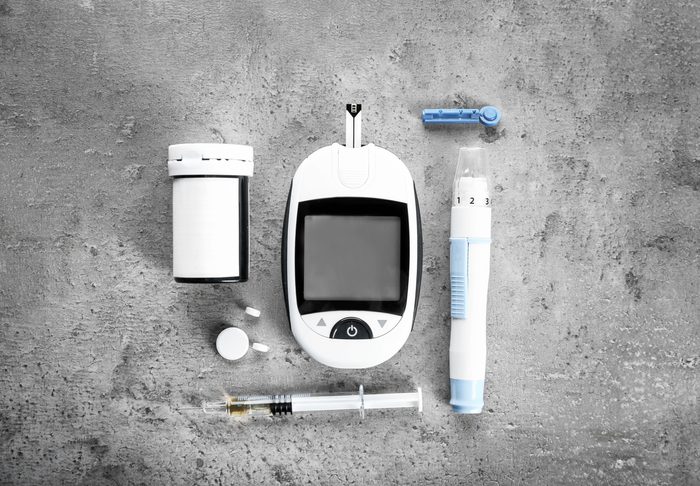
Conditions that raise triglycerides
Certain health conditions can cause high triglycerides, so let your doctor know your medical history or any unusual symptoms you may have. This could shed some light on your levels, says Joel Kahn, MD, clinical professor of medicine at Wayne State University School of Medicine in Detroit and associate professor of medicine at Oakland University Beaumont School of Medicine in Rochester, Michigan. For example, he says conditions such as prediabetes, diabetes, liver disease, and thyroid disease could be responsible for high triglycerides. But lifestyle factors have a huge impact on your triglycerides as well, so before your doctor prescribes medication, you may want to try to lower them naturally. Here’s how to do it.
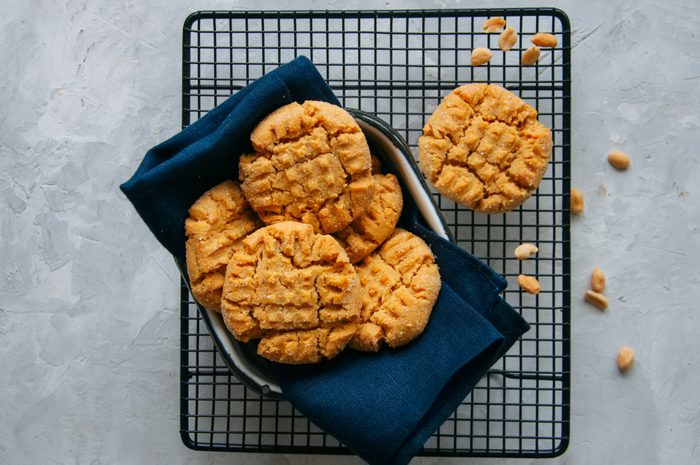
Cut refined carbs
Overeating is one of the most common causes of high triglycerides, according to the American Heart Association. Dr. Miller stresses the importance of making healthier food choices and limiting simple carbs like those found in white bread, pasta, cakes, cookies, and many snacks. “Since excess sugar is converted into triglycerides in the bloodstream, eating foods high in refined carbs can cause a spike in TG levels,” says registered dietitian Erin Palinski-Wade, RD, a dietitian and certified diabetes educator in Hamburg, New Jersey, and the author of 2 Day Diabetes Diet. Do yourself a favor by replacing simple carb foods with these best foods for your heart.
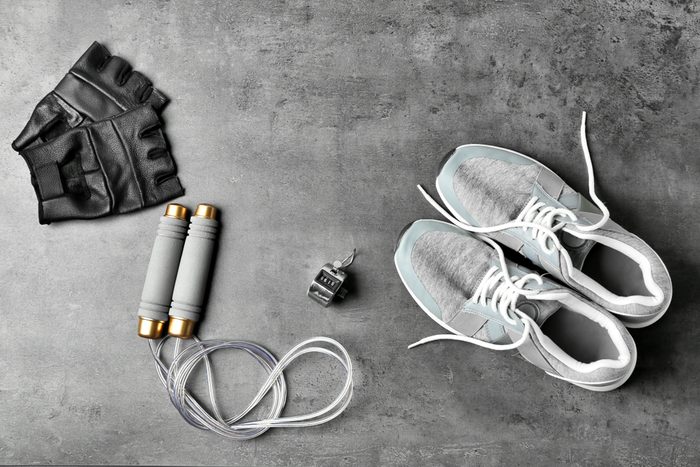
Get moving
One of the best answers to the question of how to lower triglycerides is to burn more calories through exercise. A Scientific Statement from the American Heart Association (AHA) notes that moderately intense activity is associated with a 20 percent lower triglyceride level when compared to no activity. In addition, “exercise helps to increase the good HDL cholesterol, which helps to reduce triglyceride levels,” Palinski-Wade says. In a study in the journal Sports Medicine, aerobic exercise was shown to have the greatest impact on lowering triglyceride levels. According to the Centers for Disease Control and Prevention (CDC), adults should strive for 150 minutes of physical activity every week. If you’re just beginning an exercise regimen, use these simple tips to start exercising when you’re overweight.

Limit your alcohol intake
While you may want to sip on a glass of wine after a long day, go easy: Drinking too much alcohol is one of the unhealthy habits that are worse for you than you thought. Alcohol can raise your triglyceride levels while also contributing to high blood pressure, obesity, and increased type 2 diabetes risk, according to the AHA. “Alcohol is a source of empty calories and sugar—when this excess energy goes unused, it can begin to collect and build up as triglycerides in the blood,” explains Palinski-Wade. “Some suggests moderate alcohol intake can raise TG levels by 50 percent or more.” The AHA recommends that men have no more than two drinks per day while women keep it to one drink daily. “But if you are looking to lower TG levels, refraining from alcohol may be your best option,” Palinski-Wade says.
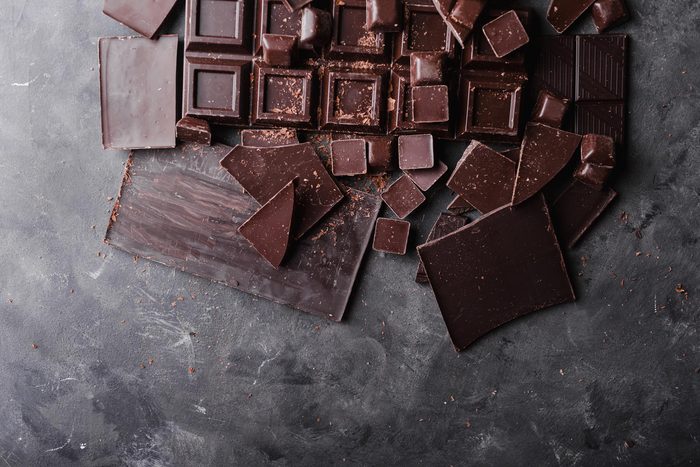
Eat—and drink—less added sugar
If you notice you’re reaching for chocolate bars and springing for larger sizes of your favorite flavored coffee, you may need to crack your sugar addiction. Getting hopped up on the sweet stuff doesn’t do your triglycerides any favors. “Any added sugar can cause a spike in TG levels, from both food and drink,” Palinski-Wade says. “Aim to limit your intake of added sugar to no more than 10 percent of total calories to help prevent triglyceride levels from rising.” Look out for added sugar in flavored drinks (including soda), breakfast cereals, and yogurts—and keep an eye out for sneaky sugars that end in “ose,” such as sucrose, fructose, lactose, and dextrose.
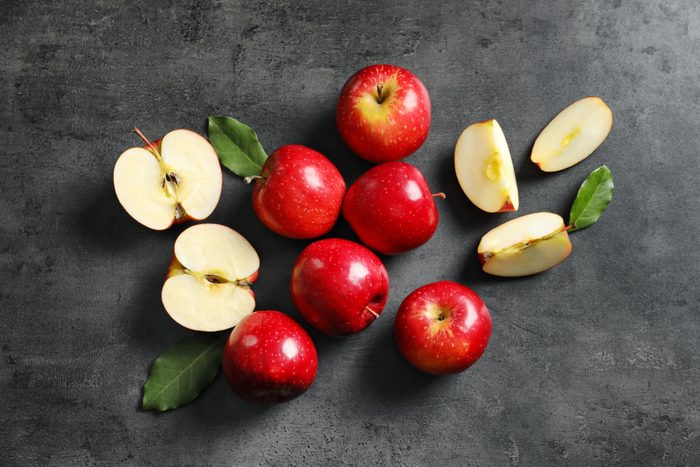
Consume more fiber
A low-carb diet has been shown to lower triglyceride levels. But you don’t need to cut out carbs completely if you choose whole grains and fruits packed with nutrients and fiber. “High-fiber, complex carbohydrates should still be part of your meal plan, since eating a diet rich in fiber can help to reduce the absorption of both sugar and fat in the small intestine, which may TG levels,” Palinski-Wade says. Vegetables such as broccoli, potatoes, and carrots are good sources of fiber as well. Be sure you know how much fiber you should eat to prevent disease.
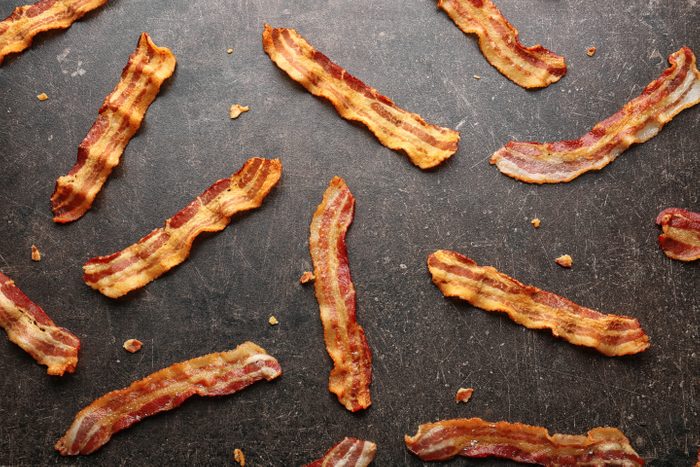
Avoid unhealthy fats
In addition to sugar, another main triglyceride culprit is unhealthy fat. “Trans fats, which can often be found in processed and fried foods, can raise TG levels and increase the risk for heart disease, so these should be limited as much as possible,” Palinski-Wade says. (The good news is that FDA rule changes now mean that fewer processed foods contain trans fat.) Dr. Miller also recommends eating less saturated fat, found in meat and dairy, and avoiding processed foods with partially hydrogenated oils, which also contain trans fats. Find out more of the top foods cardiologists will never eat.
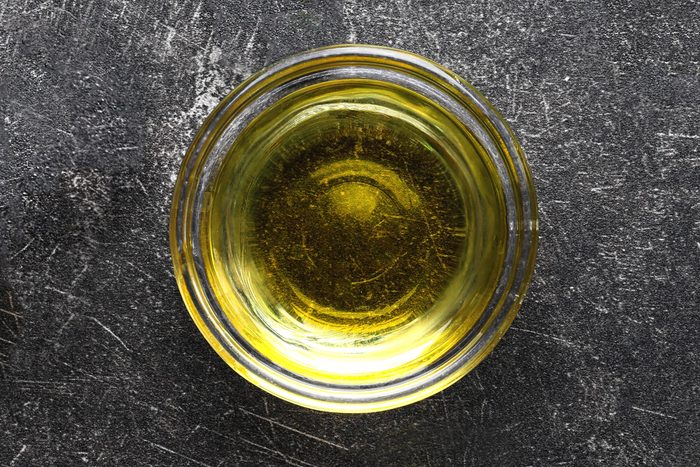
Instead, eat healthy fats
Not all fats are created equal when it comes to triglycerides. Certain “healthy” fats actually make the body work better, according to the American Heart Association, so you do want to include them in your diet. “Replacing saturated fat with monounsaturated and polyunsaturated fat has been shown to help reduce TG levels,” Palinski-Wade says, adding that the connection is quite direct: Research has shown that every percent you decrease your intake of trans fats—replacing them with monounsaturated or polyunsaturated fat—lowers your triglyceride levels by the same amount. Eating avocados and cooking with olive oil instead of butter are great ways to add these healthy fats to your diet. Olive oil also contains another fatty acid that can reduce your heart attack risk by 48 percent.
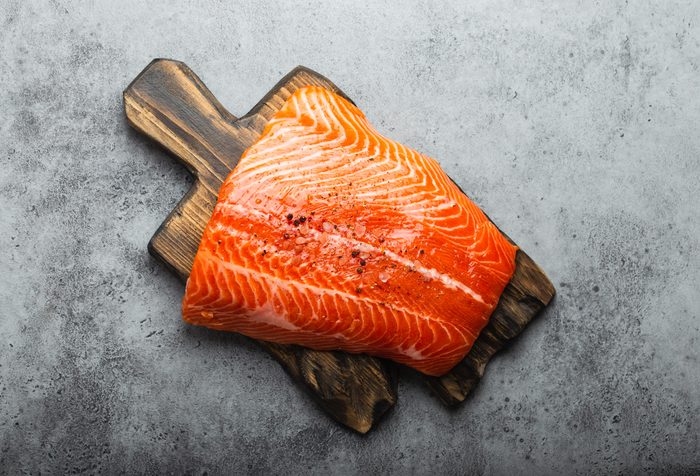
Load up on omega-3s
Replacing beef with a salmon steak can also help lower triglycerides because salmon contains another beneficial fat. “Omega-3 fatty acids, the polyunsaturated fat found in foods such as fatty fish, have been associated with a reduction in TG levels,” Palinski-Wade says. “Since fatty fish provide a good source of omega-3 fatty acids, eating them twice per week has been in a consortium of 19 studies published in JAMA Internal Medicine to reduce TG levels.” If you’re not wild about fish, check out these 7 other foods that contain omega-3s.

Snack on nuts
A handful of nuts makes a heart-healthy snack option that can also have triglyceride-lowering benefits. “Tree nuts like almonds, walnuts, and pistachios have been found to reduce TG levels thanks to the combination of fiber and unsaturated fat,” Palinski-Wade says. As one of the 50 best foods for your heart, walnuts also offer a dose of omega-3s.
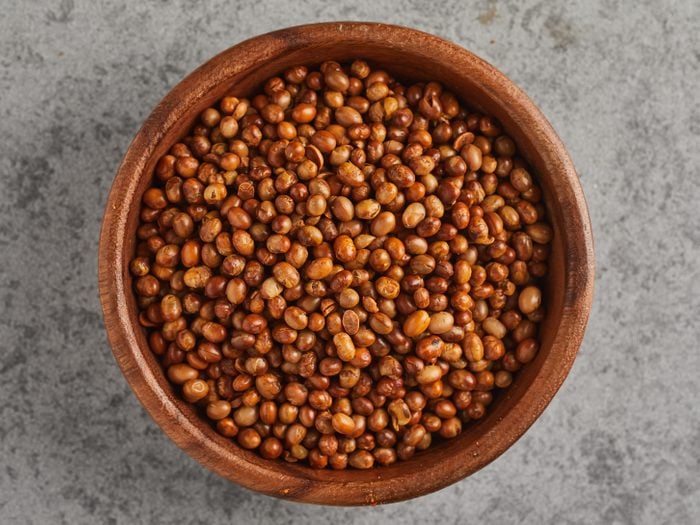
Add soy
The plant family of legumes, which include soybeans, may be protective against heart disease, according to the American Heart Association. A study in the journal Nutrients found that subjects who began the study with TG levels over 100 experienced a drop in their levels after consuming soy for four weeks and after 12 weeks.”Research has found soy protein can help to reduce TG levels, especially when soy protein is used to replace animal protein,” Palinski-Wade says. “This may be in part due to the reduction in saturated fat when limiting animal proteins.” Enjoy soy in edamame, soy milk, and tofu. Check out a recipe for overnight oats with soy milk, one of the heart-healthy meals cardiologists cook for themselves.

Eat a Mediterranean diet
If you’re looking for an overall diet plan that will lower triglycerides, the Mediterranean style may be the way to go; it is, after all, one of the best diets for heart health. It encompasses all of the TG-lowering foods we’ve talked about. “A diet that promotes eating more fatty fish, healthy plant-based oils, and nuts and seeds like the Mediterranean diet may be beneficial to reducing TG levels and improving heart health,” Palinski-Wade says.

Eat fewer calories
It is possible to overdo it even on healthier foods—even complex carbs and healthy fats can quickly raise the calories you eat overall. No matter what’s on your plate, if you’re worried about how to lower triglycerides, cut back on calories. “Excess calories are converted to triglycerides, which get stored in fat cells,” Palinski-Wade says. “Cutting down on calories to provide your body with what it needs but not an excess can help to reduce TG.” Be mindful about avoiding eating when you’re not actually hungry—this is one of the things heart doctors do to protect their own hearts.
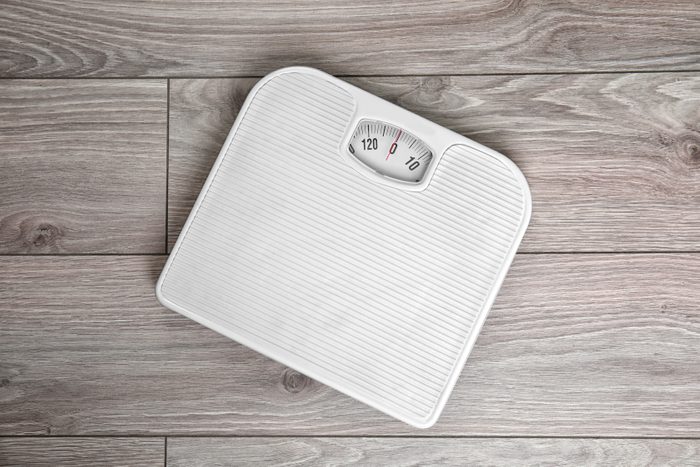
Lose weight
Shedding pounds can help lower triglycerides. “Since reducing calories can also help to promote weight loss, this can further promote improved TG levels,” Palinski-Wade says. Why? “Research shows a 5 to 10 percent weight loss can have a significant impact on reducing TG,” lowering them 20 to 30 percent. Even if you gain some weight back, research shows you may retain the lower triglyceride levels. Losing weight even boosts the triglyceride-lowering effects of aerobic exercise. “Studies have shown when this form of exercise is paired with weight loss, the reduction in TG levels are even greater,” Palinski-Wade says. Not sure where to start? These 50 things doctors wish you knew about weight loss can help.

Eat regularly
Avoid spikes and sudden drops in your blood sugar to maintain healthier triglyceride levels. “Eating regularly can help keep your blood glucose levels consistent throughout the day, reducing the risk of increasing insulin resistance which can occur from inconsistent eating habits,” Palinski-Wade says. “Since insulin resistance can increase both triglyceride levels and blood sugar, aiming to eat consistently throughout the day can help to improve insulin sensitivity and TG levels.” Now, find out how to have your most heart-healthy day.

